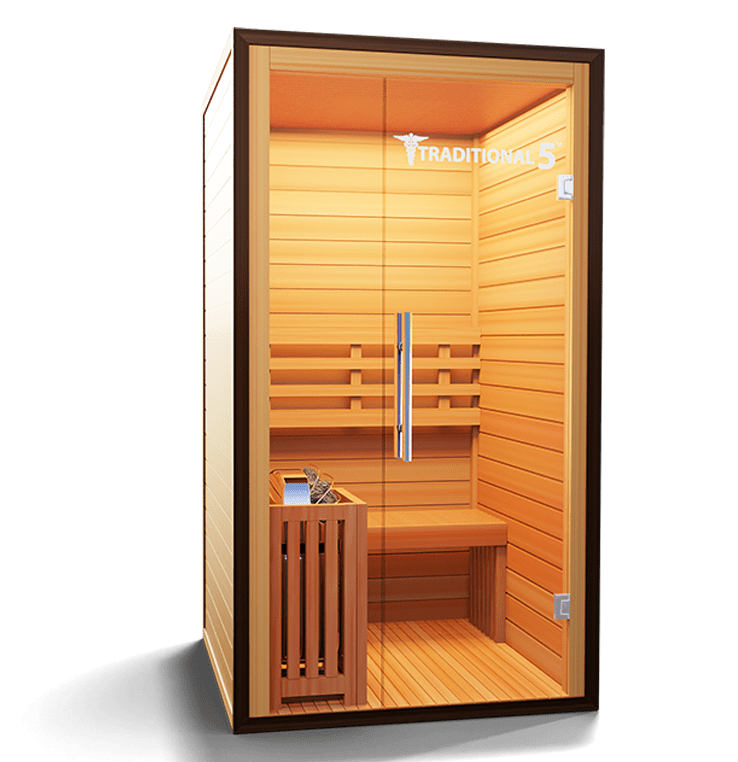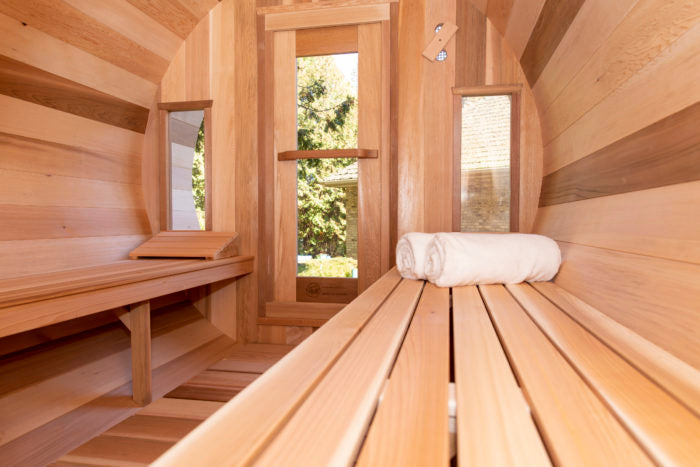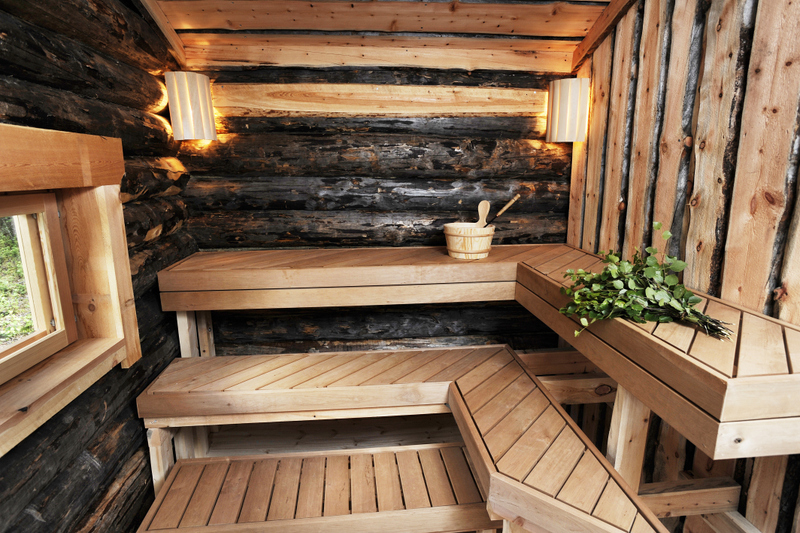Rumored Buzz on Traditional Sauna
Rumored Buzz on Traditional Sauna
Blog Article
Examine This Report about Traditional Sauna
Table of Contents8 Simple Techniques For Traditional SaunaOur Traditional Sauna PDFsExamine This Report on Traditional SaunaExamine This Report on Traditional SaunaThe 25-Second Trick For Traditional Sauna
A lot of the weight lost in a sauna is water loss and is re-gained upon rehydrating. However, undeniably sauna can be a vital part of a healthy and balanced weight management program. To take a look at the distinctions between conventional and IR saunas, I will certainly separate these right into proven, academic, and made differences.Therefore, the best factor in the saunawhich goes to the ceiling directly over the sauna heateris normally between 185 and 190 F. Claims that a standard sauna goes beyond 200 F is simply not true and not relevant for electric saunas sold in the United States. The temperature level for a far-infrared sauna is usually established in between 120 and 140 F; however, unlike the standard sauna, the goal in and IR room is not to achieve a high temperature.

When a standard sauna has been appropriately heated, the sauna wall surfaces are warm, the air temperature has achieved established temperature level and the rocks are incredibly heated. As an interesting side note, the heated wall surfaces and the rocks are sending out far-infrared warmth, integrated with the warmed air, to produce an "enveloping warmth".
The 9-Minute Rule for Traditional Sauna
When the heat is accomplished, the components cycle on and off to maintain the high temperature level. Most conventional sauna individuals delight in pouring water over the rocks to produce vapor to raise sauna humidity degrees. The advantages of putting water over the rocks consist of: making the room more comfy, moistening the nasal passages, and permitting the use of aromatherapy by blending important oils with the water.

When the energy enters the body, it causes the body temperature to boost and ultimately results in perspiration. In an infrared sauna it is very important for the emitters/heaters to remain on almost regularly. Since there is no mass of rocks to preserve warm, the sauna will certainly cool down if the emitters turned off.
Little Known Questions About Traditional Sauna.
As pointed out above, the sauna bather in an infrared room intends to place himself before operating emitters to get optimal advantage from the heat. The home heating time for both areas can be extremely different, relying on exactly how the areas are used. For a conventional sauna, a bather must permit 30-40 minutes for the space to attain a preferred temperature level and to appropriately pre-heat the rocks.

A well built sauna will commonly achieve a temperature of 150-160 F in regarding 30-40 mins. For hotter temperatures, the room might need to heat for a longer duration.
To some, 15 mins was "wasted" while the infrared energy warmed the timber panels as opposed to heating a body, while others locate a pre-heated space to be extra comfy and believe a raised starting temperature is required to begin perspiring. The length of suggested usage for each room is roughly the exact same (10-15 mins per session); however, because of the reduced air temperature levels and the capability to really feel the effects of infrared heat much faster than a traditional sauna, it check my blog is not uncommon for an individual to spend a total amount of 20-30 mins in an infrared sauna.
Getting The Traditional Sauna To Work

The typical price per kWH of electrical energy in the united state is around $0.11, so a 4.5 kW heating unit imp source will certainly set you back roughly $.50 to run for one hour, if the heater runs constantly for one hour. Generally a sauna heater will certainly run for 75% of the first hour and 50% of succeeding hours on considering that the aspects cycle once the set temperature is achieved.
A 2 individual far-infrared room is typically physically smaller sized than a typical sauna, usually concerning 4' x 4' or smaller sized. The IR heater is typically 1.5-1.7 kW utilizing a 120 volt 15 amp plug-in solution. Since the space can be utilized earlier than a sauna room, we will certainly assume the area is used for to of an hour including heat up time.
There is a rarely discussed difference in the social experience in between the two areas. While our society has actually shed some of the social benefit of the typical sauna experience, it can be extremely socially rewarding (Traditional Sauna). From family members time in the sauna, to heart-felt discussions with significant others, to sauna partiesthe conventional sauna experience blog here can bring about intimate interacting socially
4 Easy Facts About Traditional Sauna Described
The majority of higher end infrared rooms consist of tinted light therapy, audio systems and full-glass fronts.
Report this page